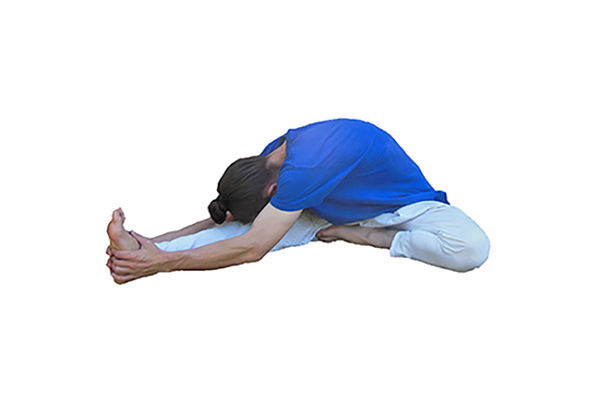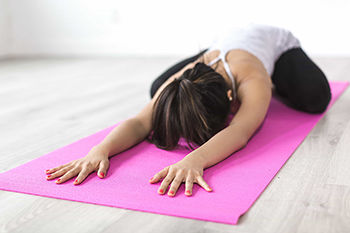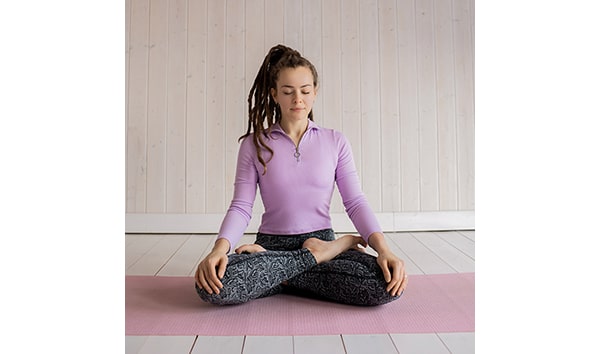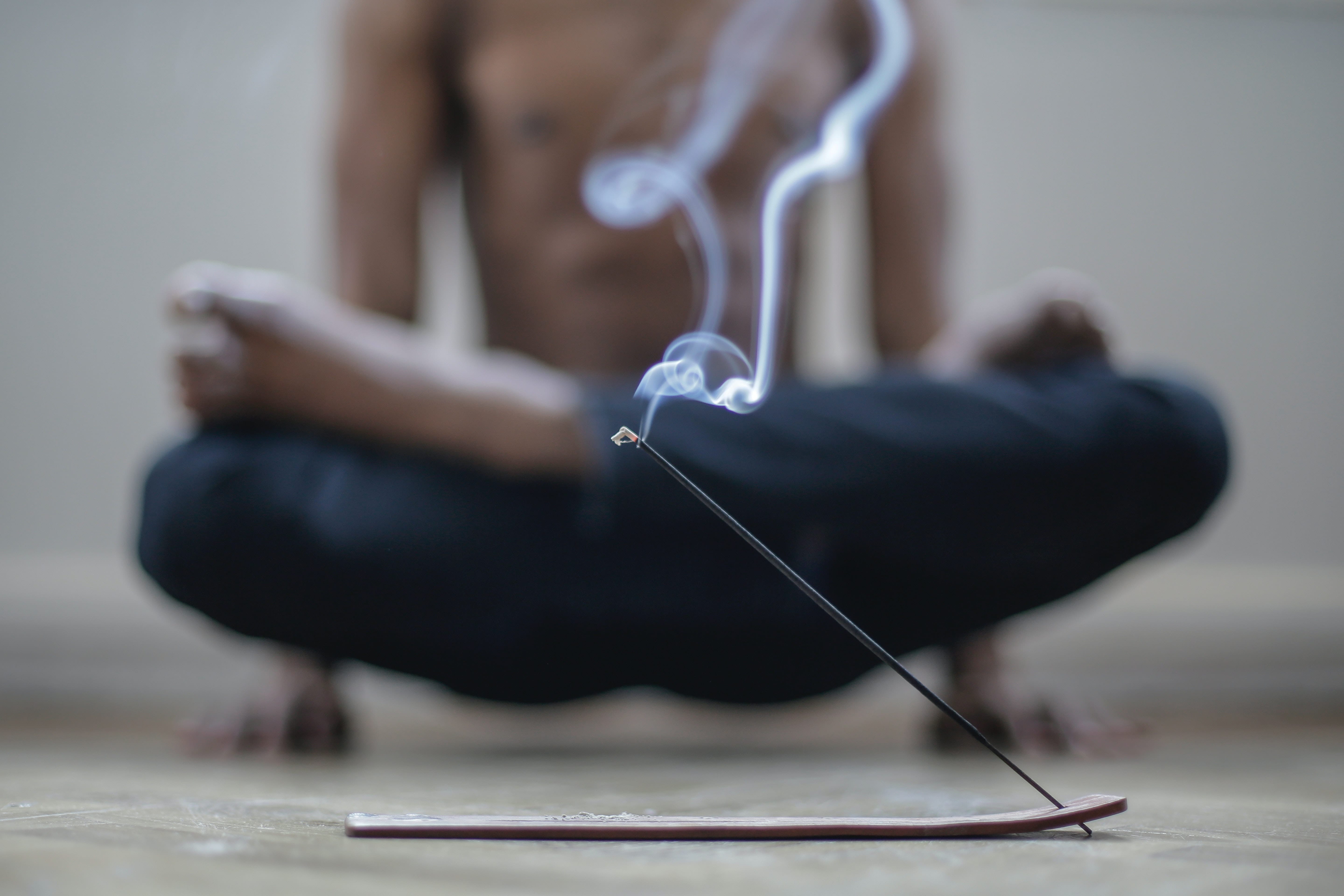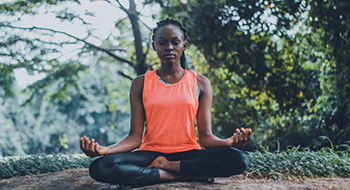Practice - Variation 1
Preform Dandasana or staff pose.
Spread as wide as is comfortable for you.
Inhale the left heel into the groin.
Exhale, turn the torso inline with the right foot.
Inhale the hands up with the palms facing each other.
Exhale the hands down to the right foot while the head comes to the knee and allowing the hips to pivot forward bringing the lumbar region of the back into proper alignment.
Hold this pose while breathing normal.
Inhale back to center.
Exhale the left foot out.
Preform the right side.
